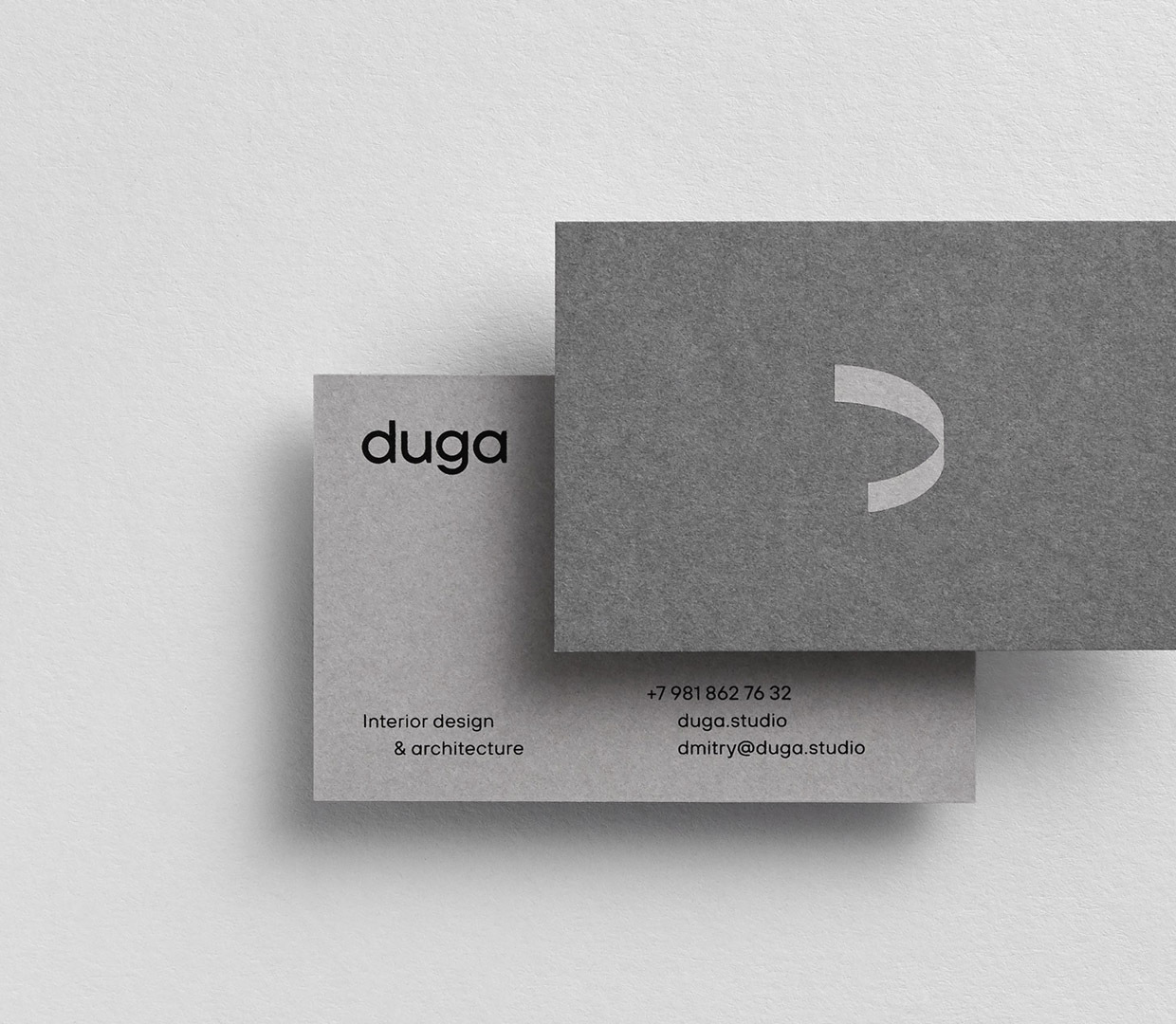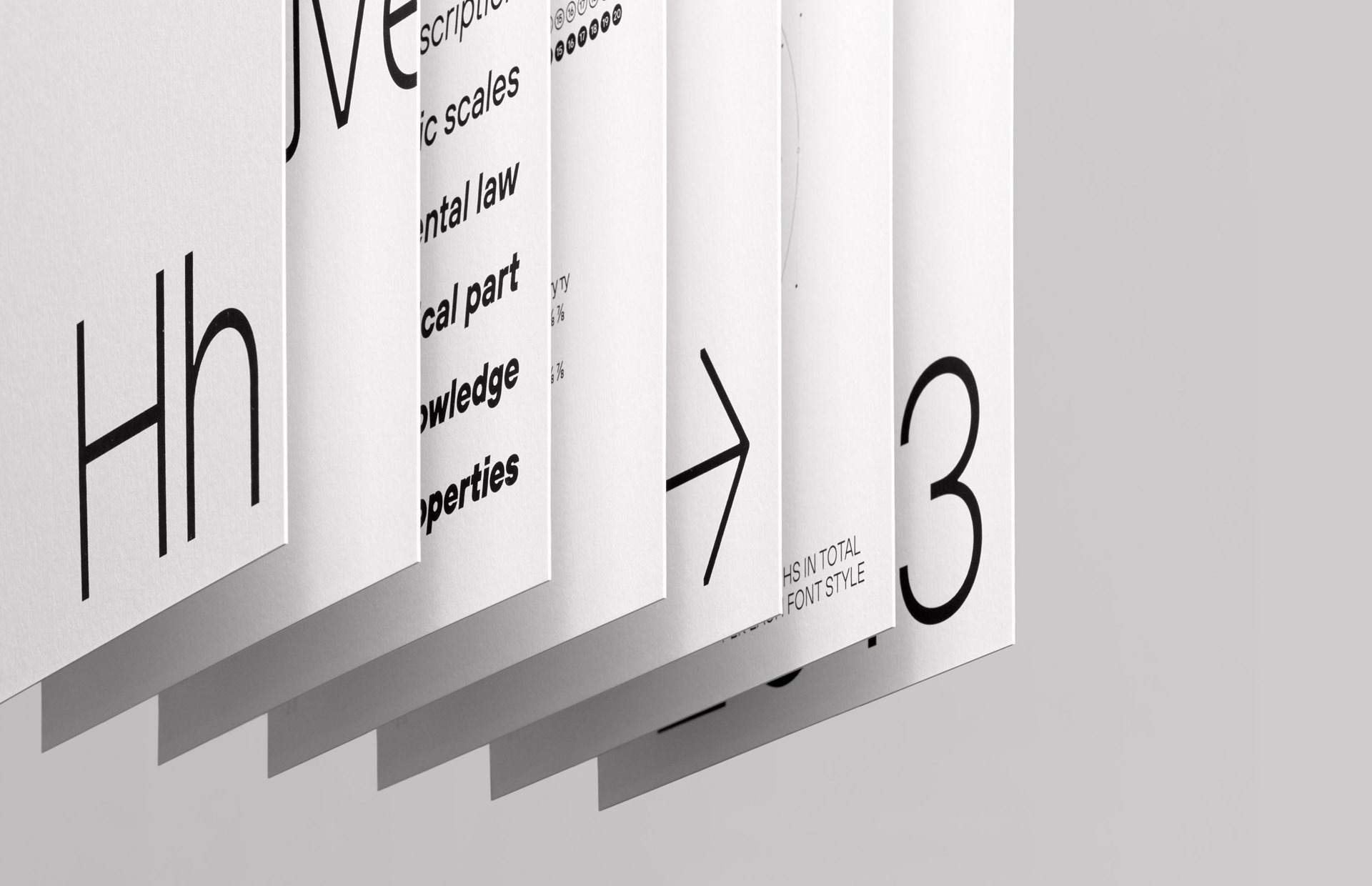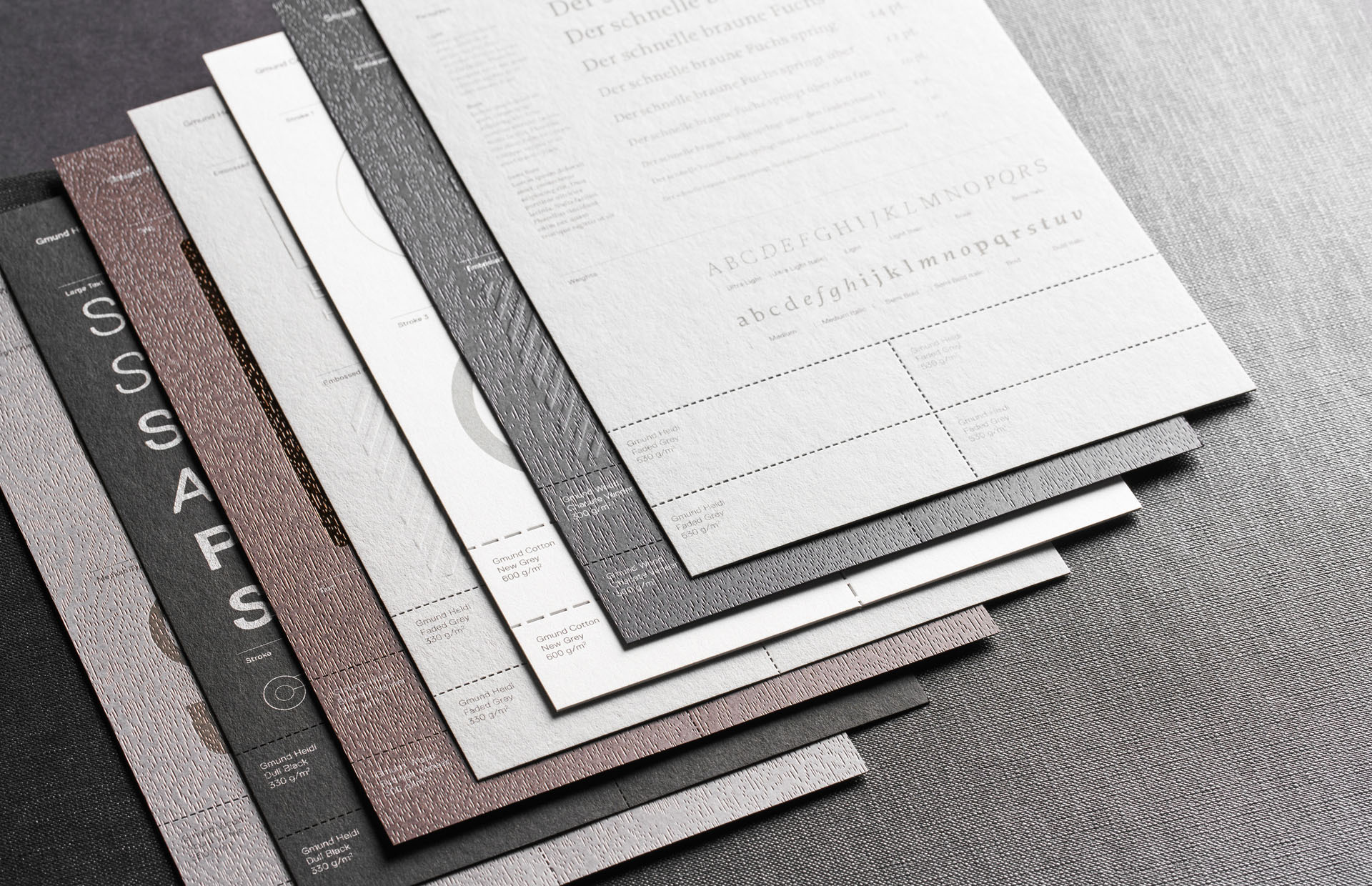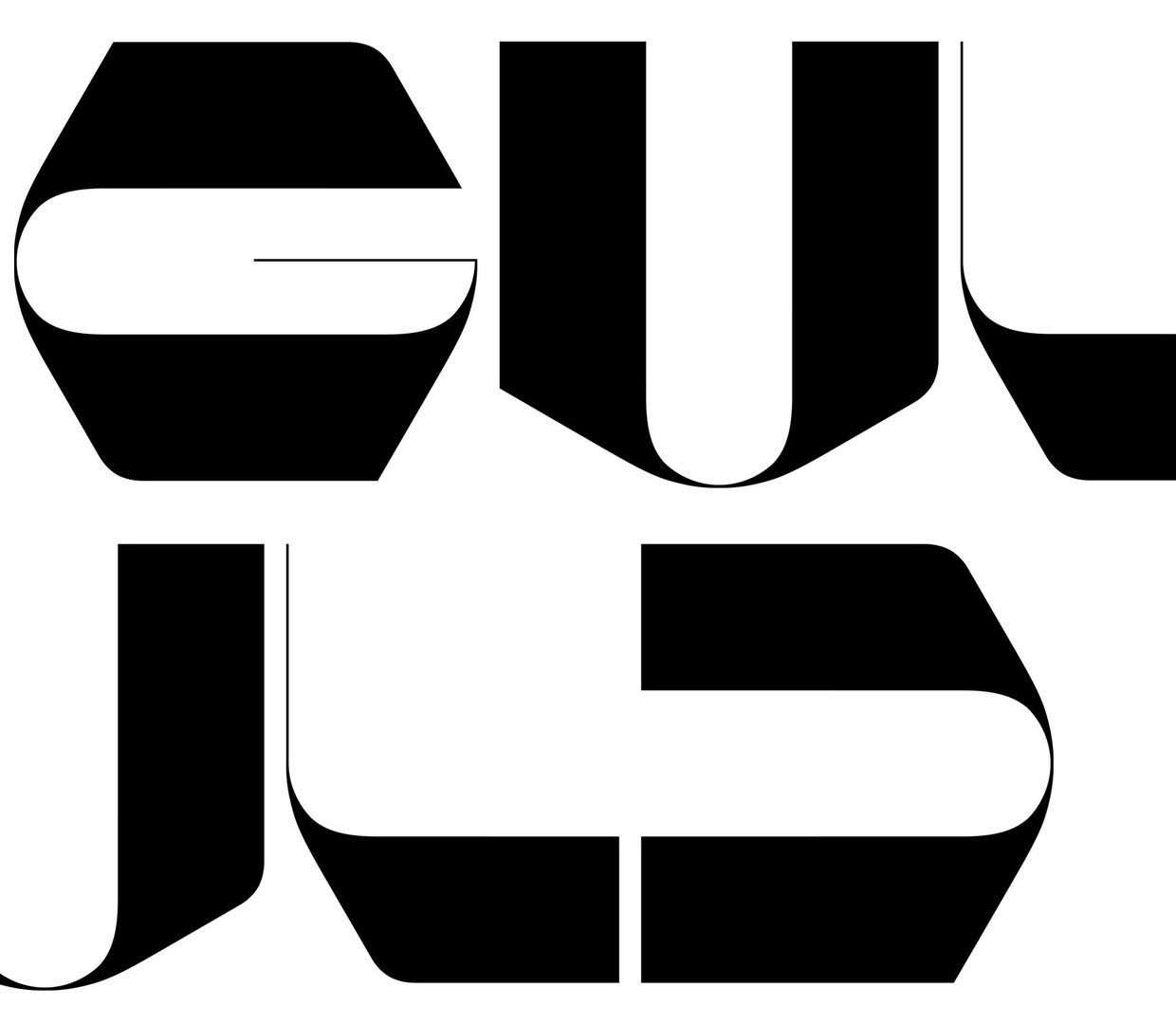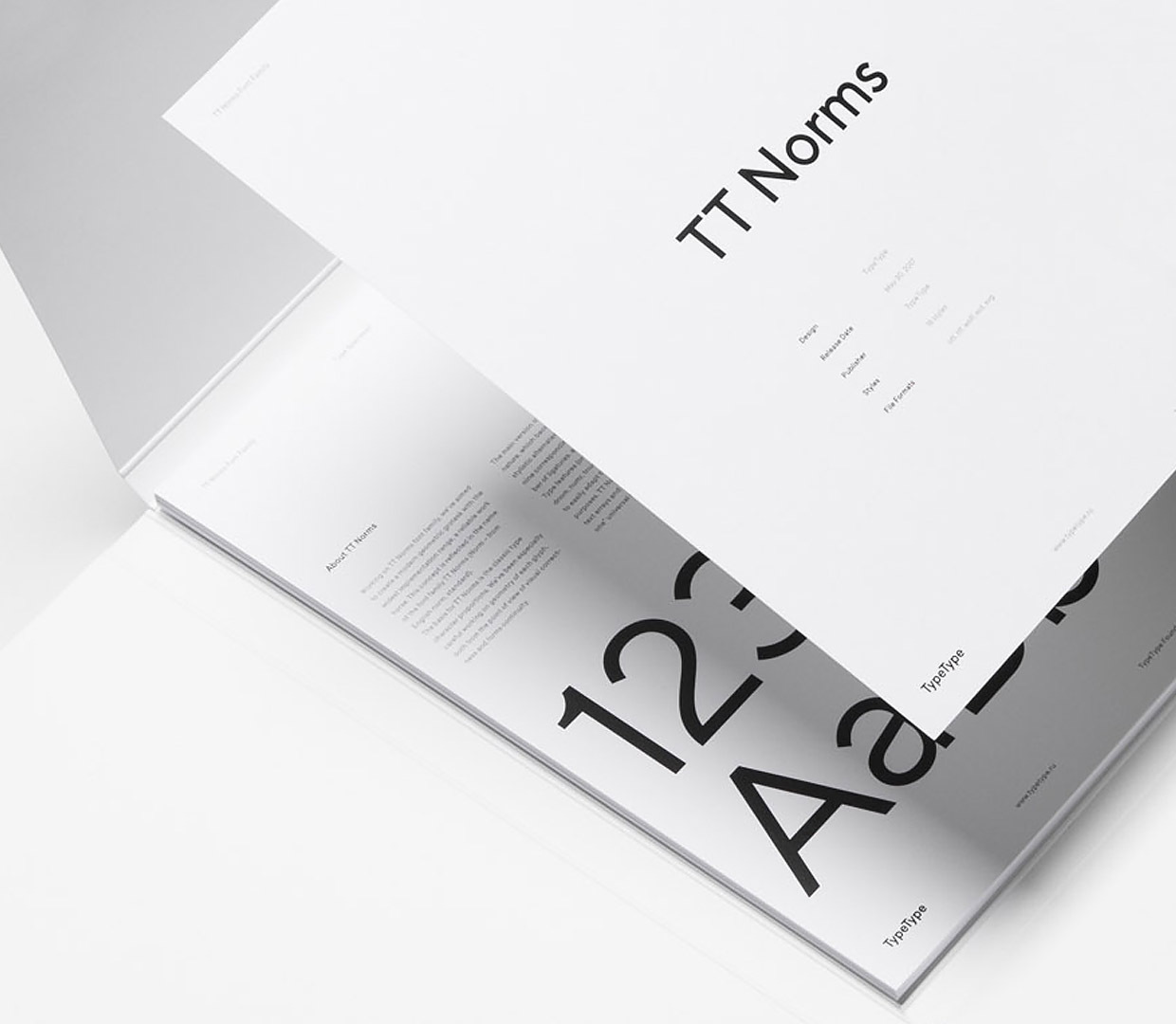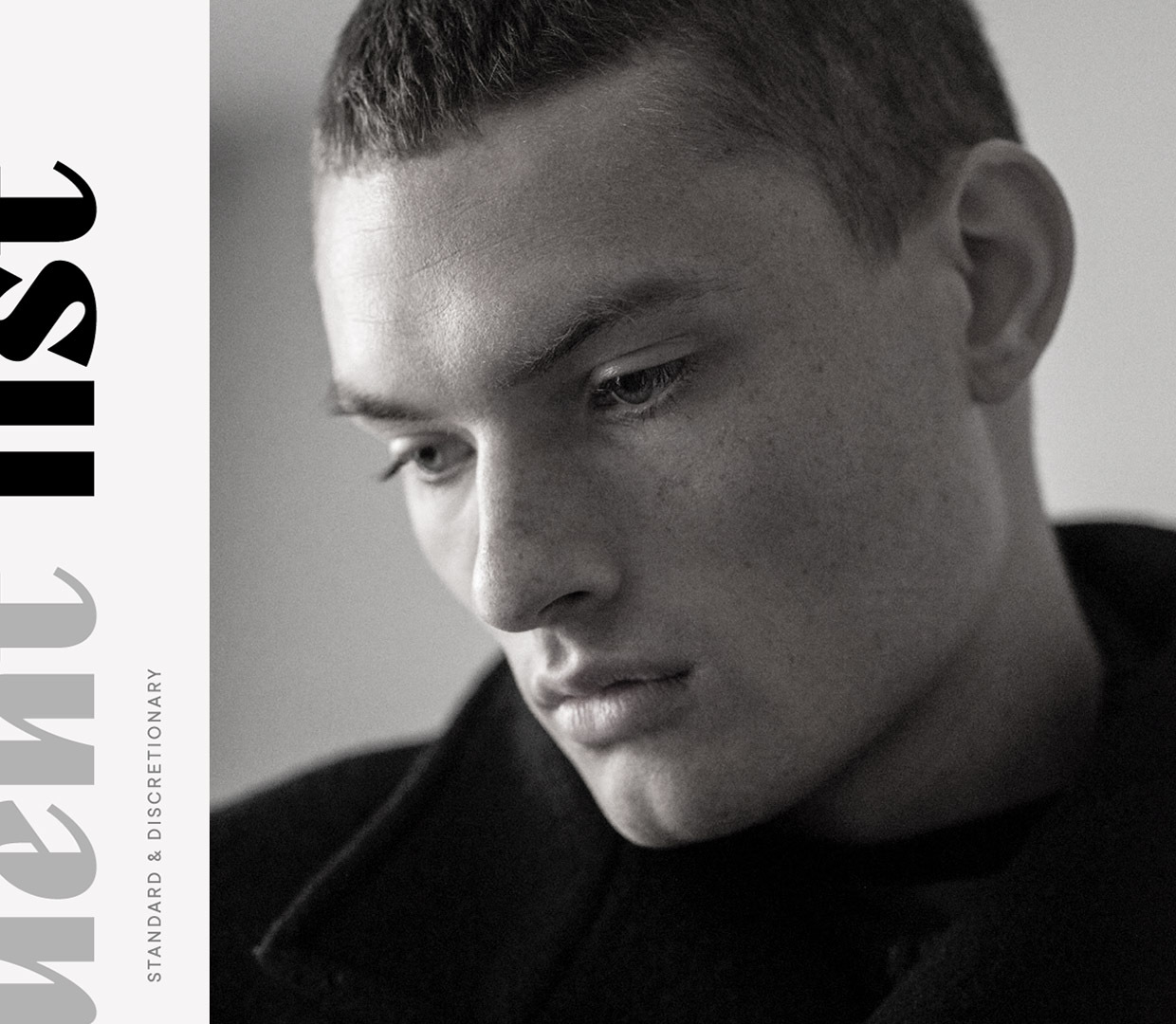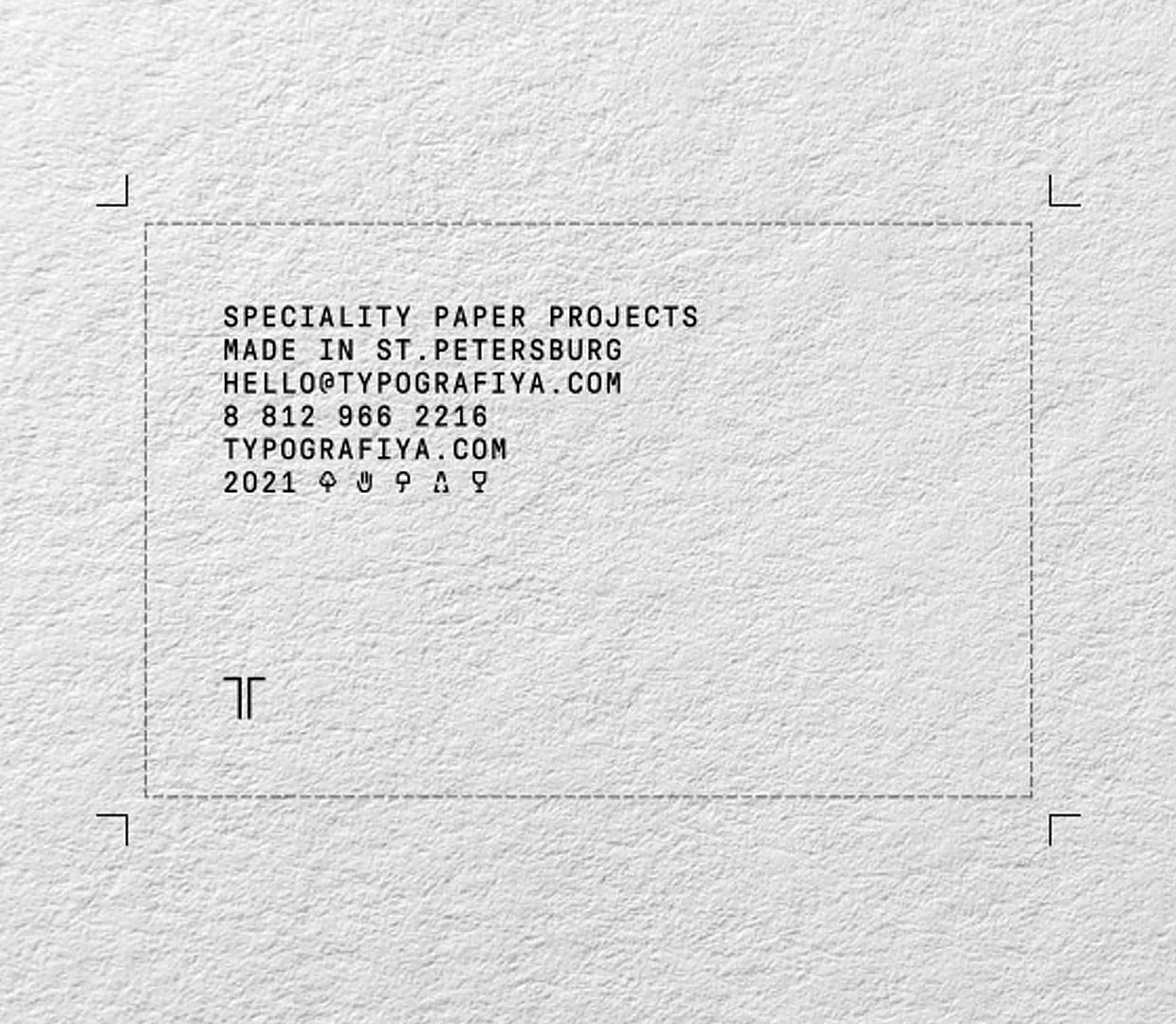SHEET PRINT
Sheet printing (business cards, invitations, postcards, etc.).
All layouts are checked manually before being put into operation. The typography does not guarantee the detection of all errors.
The printing house reserves the right to correct the layout and correct errors without the consent of the Customer.
In the event of a marriage due to non-compliance with the requirements for the layout, the responsibility lies with the party that provided the incorrect layout.
